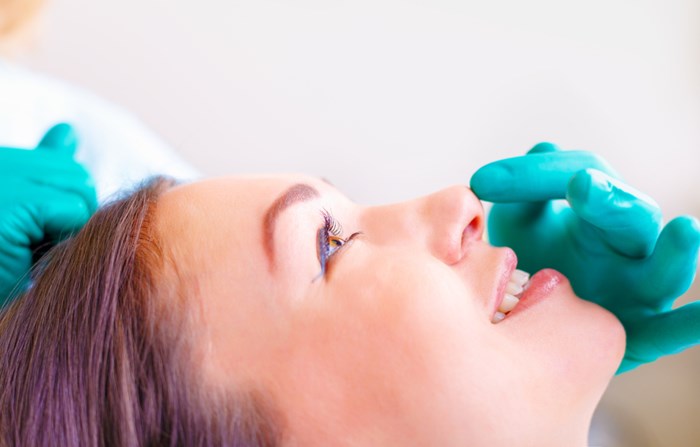We are all aware of Rhinoplasty. It is one of the most popular cosmetic surgeries worldwide. Rhinoplasty is a complex and diverse surgical procedure that addresses both functional problems and cosmetic consequences. This thorough blog delves into Rhinoplasty, explaining what it is and describing the complex process that goes into the surgery. Moreover, rhinoplasty is a surgical procedure to improve or modify the nose. However, the reasons for pursuing rhinoplasty may be quite diverse. Further, they might include practical issues with breathing or cosmetic goals of having a more harmonious facial profile. It is essential to comprehend these several reasons to recognize the holistic aspect of the process.
What Is Rhinoplasty and How Does It Get Done?
A patient needs a comprehensive consultation with a surgeon to start the Rhinoplasty procedure. It is important to share your goals, concerns, and acceptance with the surgeon. An individualized surgical plan depends on the evaluation of the surgeon of the nose shape, the quality of the skin, and the general harmony of the face. There must be communication to know their goals and expectations of them during this phase.
Rhinoplasty or Nose Job
Rhinoplasty, often called a “nose job,” is a popular procedure for people dissatisfied with their nose’s size or shape. Apart from its well-known aesthetic advantages, today it has far more varied uses. It also helps with breathing issues that interfere with sleep and exercise capacity or restoring nasal function following a severe illness or accident.
- Rhinoplasty considers the patient’s skin type and nasal structure to improve both appearance and function effectively.
- Skilled plastic surgeons combine art and technique in rhinoplasty to deliver successful, natural, and long-lasting results for patients.
How is Rhinoplasty Done?
The surgeon carefully plans the treatment and makes precise alterations to the nose’s anatomy during surgery. This may include correcting asymmetries, refining cartilage, or reshaping the nasal tip.
The surgeon, taking special care of detail, seeks to preserve or enhance nasal functioning and to establish cosmetic harmony. Modern methods eschew historical tendencies toward too-dramatic changes in favor of a natural and balanced outcome.
Rhinoplasty surgery is primarily of two types:
Open: The main nose reshaping operation is known as rhinoplasty. To see the underlying anatomy of your nose properly, your surgeon will make incisions to completely detach the skin of your nose from the bone and cartilage.
Closed: A small nose-reshaping treatment is known as a closed rhinoplasty. Your surgeon will make incisions to separate the skin from the cartilage and bone to remodel your nose.
Recovery and Postoperative Care
After the surgery, patients get a period of rest, and attention has to be paid to the postoperative care at this time. The symptoms at the beginning are bruising and swelling, which eventually pass. The surgeons offer the patient detailed directions on daily care plans that entail restrictions on movement and medication intake. Since the full effectsRhinoplastylasty take many months to manifest, patience is essential throughout the healing phase.
Facts About Rhinoplasty
Rhinoplasty prospects should expand. For instance, facial growth may impact the nose’s appearance and functionality during adolescence and early adulthood. Pediatric patients with facial genetic disabilities, such as cleft palates, would be an exception. In addition, patients should not smoke as this can worsen blood flow and raise the risk of tissue injury. Patients should also be in good general condition. Teenagers who comprehend the process and have full parental consent may be eligible for Rhinoplasty. Before undergoing treatment, ladies should ideally be at least 15 or 16 years old, and guys should ideally be at least 17 or 18. This operation can help patients breathe easier and feel more confident when paired with septoplasty and septum straightening.
Potential Risks Involved in Rhinoplasty
Even though the rhinoplasties are typically safe procedures, they can have complications, and risks are always present. These may be mild swelling to serious issues; this is why it is important to select an experienced and well-educated doctor. Detailed preoperative counsellings minimize risks and ensures that patients are well informed and at ease with their decisions.
To have safe rhinoplasty surgeries, one needs to refer to a licensed and professional surgeon. It would help if you considered a surgeon who has a historical background of successful procedures. In Islamabad, you can confidently consult the best surgeons of JJ Aesthetics in Islamabad.
Conclusion
In summary, Rhinoplasty, a transformational process, helps to create a harmonious and polished nasal look. This method combines artistic sensibilities with medical competence from the first consultation through the surgical process, healing, and beyond. Patients thinking about having a rhinoplasty should go into the procedure with reasonable expectations, do extensive research, and commit to constantly contacting the surgeon of their choice. The expert care of trained practitioners may improve general health and appearance.


